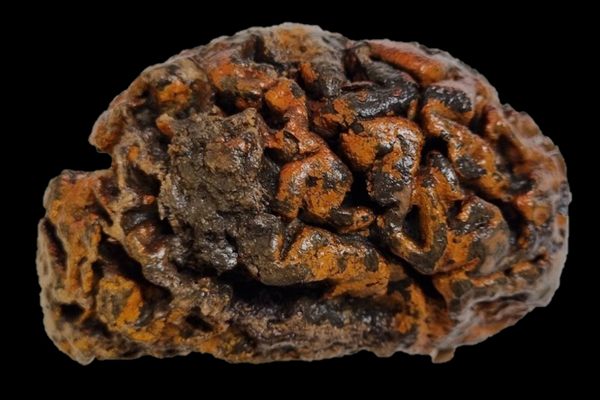We Now Have Evidence of a Mega-Asteroid Strike from 3.5 Billion Years ago
It was a rock several miles wide.

(Photo: NASA/Public Domain)
Some 3.5 billion years ago a massive asteroid slammed into the Earth. This wasn’t just any asteroid. Scientists estimate that it was over 12 miles wide, and hit our planet with a force that would’ve triggered a number of deadly events, from earthquakes to tsunamis.
Up until recently, this asteroid strike was only theorized about. But on Monday, scientists in Australia said they had made a major breakthrough. They had found surviving particles from the strike, known as spherules, that were left over after parts of the earth were vaporized.
“Material from the impact would have spread worldwide,” Andrew Glikson, one of the researchers announcing the find, said. “These spherules were found in sea floor sediments that date from 3.46 billion years ago.”
That also amounts to the first direct evidence we’ve found confirming the strike, according to Live Science.
Glikson said that it’s not known where the asteroid struck, though it was one of potentially hundreds to have hit the young planet.
“Asteroid strikes this big result in major tectonic shifts and extensive magma flows,” Glikson said. “They could have significantly affected the way the Earth evolved.”
How big was the asteroid, really? The asteroid that killed off the dinosaurs 66 million years ago and created the Chicxulub crater is estimated to be less than half its size.











Follow us on Twitter to get the latest on the world's hidden wonders.
Like us on Facebook to get the latest on the world's hidden wonders.
Follow us on Twitter Like us on Facebook